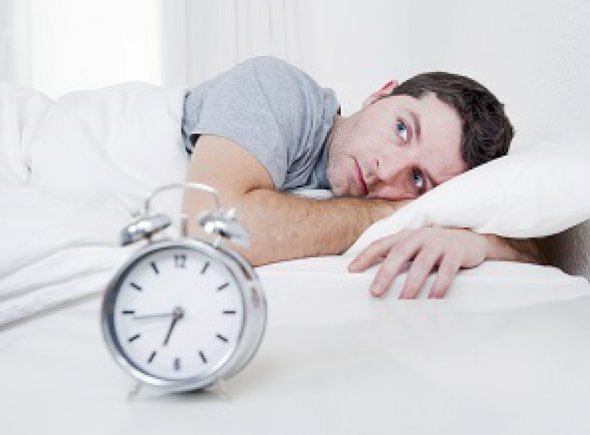By Shahneel Ahmed A good night’s sleep is essential for a person’s health and wellness, and the quality of one’s sleep can have a direct impact on his/her productivity during the day. Many people, however, do not get the recommended amount of sleep. Surveys conducted by the National Sleep Foun...
By Shahneel Ahmed
A good night’s sleep is essential for a person’s health and wellness, and the quality of one’s sleep can have a direct impact on his/her productivity during the day. Many people, however, do not get the recommended amount of sleep. Surveys conducted by the National Sleep Foundation reveal that at least 40 million Americans are suffering from over 70 different sleep disorders. Additionally, 60 percent of adults and 69 percent of children reported that they experience sleep problems a few nights or more during the week.
Although everyone’s individual sleep needs vary, most healthy adults need about eight hours of sleep a night. To combat common sleep problems, keep a regular sleep/wake schedule, avoid drinking or eating caffeine four to six hours before bedtime; avoid alcohol and heavy meals before bedtime, and minimizing noise, light, and excessive hot and cold temperatures can help you fall and stay asleep throughout the night.
Also, exercising daily and practicing a relaxing bedtime ritual can help pave the way for better sleep. One relaxation technique involves focusing on your breathing. Just a few inhales and exhales can drastically calm your nervous system. Take a deep breath into your lower belly, not your chest, and feel your abdomen expand with air. Next, hold this breath for a few seconds and then release it slowly. Continue to repeat this for a few minutes, making sure to notice the rising and falling of your belly. If you notice your mind wandering, gently try to redirect the focus back on your breathing.
Another relaxation technique involves tuning into your senses. This will keep you in the present moment and prevent you from focusing on sleep-inhibiting thoughts. For example, thinking about how the bed sheets feel against your skin and listening to any sounds outside the window can keep you in the present moment.
Tensing your toes is another way to relax before falling asleep. For this technique, you want to tense and pull your toes up and towards your face and hold them in this position for 10 seconds. Then, release them for another 10 seconds and repeat. By alternatively tensing and relaxing your toes, the rest of the body becomes relaxed and calm.
Lastly, guided imagery may help you fall and stay asleep. The goal in this relaxation technique is to focus your attention on an image or story, distracting your mind from any worries or thoughts. Visualize any image, scene, or memory that is calming, such as a favorite vacation spot. If your mind drifts, acknowledge it and redirect its focus. By incorporating these tips and relaxation techniques to your bedtime routine, you can get a good night’s sleep and optimize your well-being.

